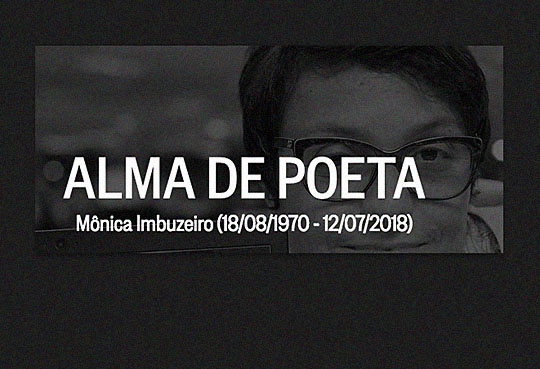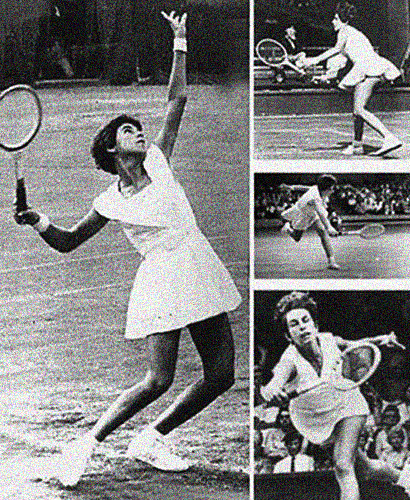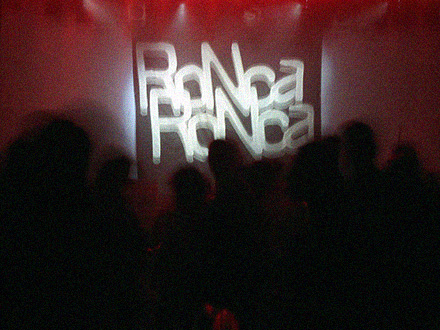
Arquivo da categoria: tristeza
MAM (residente em são cristóvão) mandou pra gente…
Assunto: olha bem… Esta acabando…
—
MAM

se você nunca viu, jamais verá…
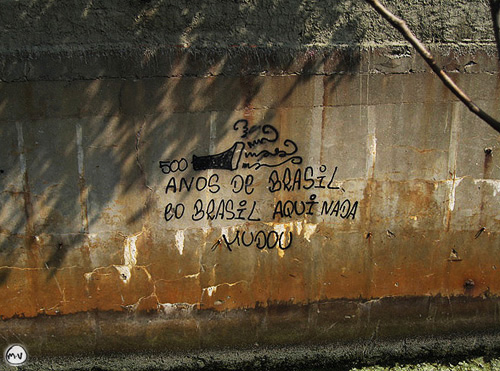
o museu nacional da quinta da boa vista, segundo os entendidos, desabará ainda hoje.
PQP
que desgraça, que perda… que tristeza!
uma tragédia anunciada há anos… situação igualzinha a de várias outras instalações culturais / históricas de um país sem memória… e que terá menos referências ainda.
é o brasil queimando nas chamas da ganância, da burrice, da violência… uma via sem saída, sem esperança… estão indo pro ralo 200 anos de preservação. indo pro ralo 200 anos de amor de muitas pessoas devotadas ao Trabalho.
acho que nunca, às vésperas de uma eleição, o recado foi passado de forma tão cristalina, tão dolorosa… um dia negro em nossas vidinhas… PQP
igualmente brutal serão os depoimentos das otoridades responsáveis pela calamidade… se prepare para a quantidade de insanidades que essa corja vomitará!
) :
rezaNdo por você…
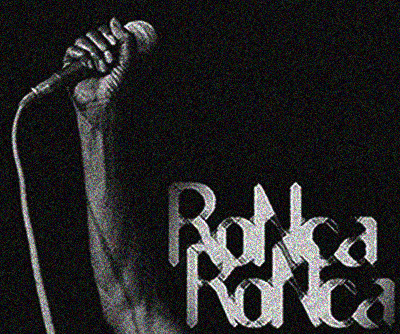
péssimas notícias sobre aretha
) :
pedro, o grande (ou a morte da veja rio)…
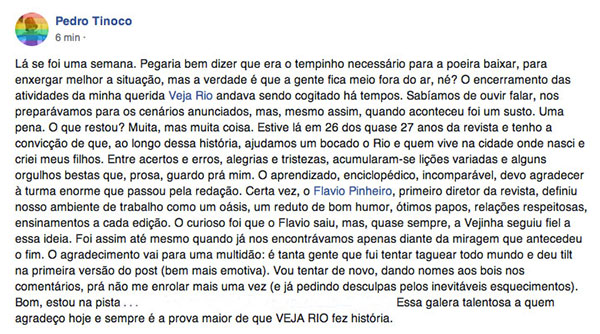
pedro tinoco, jornalista casca grossa-peladeiro nível AAA-fidalgo tricolor-radar ligadaço-sempre disposto, sempre profissional… caramba, passou 26 anos na veja rio (dos 27 da revista). pra mim, a revista sempre foi ele. era dele… e assim, cumpriu um serviço inigualável à cidade.
cheers
perdemos referência (2)
o globo…

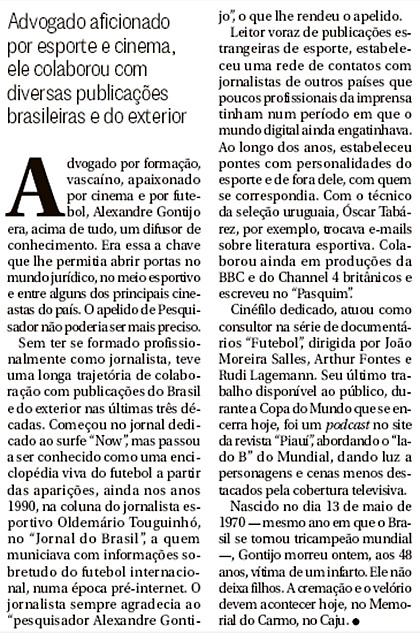
perdemos referência…
acabei de ser esmigalhado pela notícia da subida de alexandre gontijo… que chamo de referência desde o dia (lá pelos idos de 97/98) em que Ele chegou pra mim e disse: “odvan é uma referência”.
gontijo é o maior conhecedor de futebol que conheço… fissurado em música, foi “ghost writer” de oldemário touguinhó no JB. assinou coluna no globo.com sobre jogadores brasileiros que tomaram caminhos desconhecidos no planeta. um poço de irreverência, inteligência, sagacidade sempre carregando uma sacola de supermercado com livros e jornais. tão apaixonado por futebol que ia a TODOS os jogos no maracanã, do time que fosse… uma leNda.
certa vez, eu estava com uns ingleses apaixonados por futebol num estabelecimento manguacento quando avistei o referência passando na calçada… claro, chamei a peça e fiz a devida apresentação… no que ele sacou a origem dos cachaceiros britânicos, abriu a sacolinha e puxou a biografia (original edition) de um treinador irlandês de futebol que jamais chegou à primeira divisão do UK… well well well, não é preciso dizer que os súditos da rainha desabaram de suas cadeiras diante do fato TOTALMENTE inesperado/insólito/psicodélico/estrogonófico!
sábado negro, triste ao extremo, perda gigantesca em todos os níveis, menos um brasileiro para manter a referência viva… FUEDA!

alexandre “referência” gontijo forévis
) :
jon hiseman…
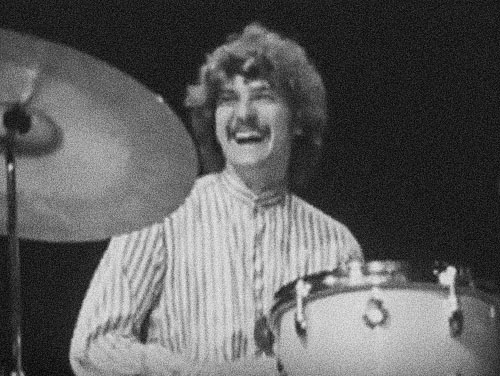
toda vez que esbarro com o márcio (da tropicália discos), ouço a pergunta em alto e bom som:
– maurição, cadê a baqueta do jon hiseman?
e a baqueta segue desaparecida… PQP, essa é uma da minhas mais inoxidáveis relíquias. capturada num show do tempest, em londres /janeiro de 1836… sinistro, muuuito sinistro (como diria o gigante januário de oliveira).
caramba, guardei num lugar tão especial que ela tomou doril. imagina, um fino pedaço de madeira que fica amoitado em qualquer buraco… ainda mais uma baqueta quebrada como Ela é… mamãe!
um dia desses o tesouro surgirá das profundezas e será gloriosamente exibido aqui no tico.
mas tudo isso para informar – com o coração sangrando de tristeza – que jon hiseman subiu nas últimas horas para encontrar com cartola e hendrix… fueda.
PQP, ele é O baterista de um disco fundamental da minha vidinha “things we like” de jack bruce (gravado em 1968 mas lançado em 1971)…
ok, o disco também tem a participação do batera john marshall que nem está creditado na capa… portanto, é jon hiseman que segura a marimba nesse clássico.
sobretudo aos grumetes bateristas que circulam aqui pelo poleiro, vale muito navegar pelos mares sempre criativos de jon hiseman… e não faltará água já que hiseman deixou dezenas de discos e gravações no Utube…
jon hiseman, leNda, forévis
) :




